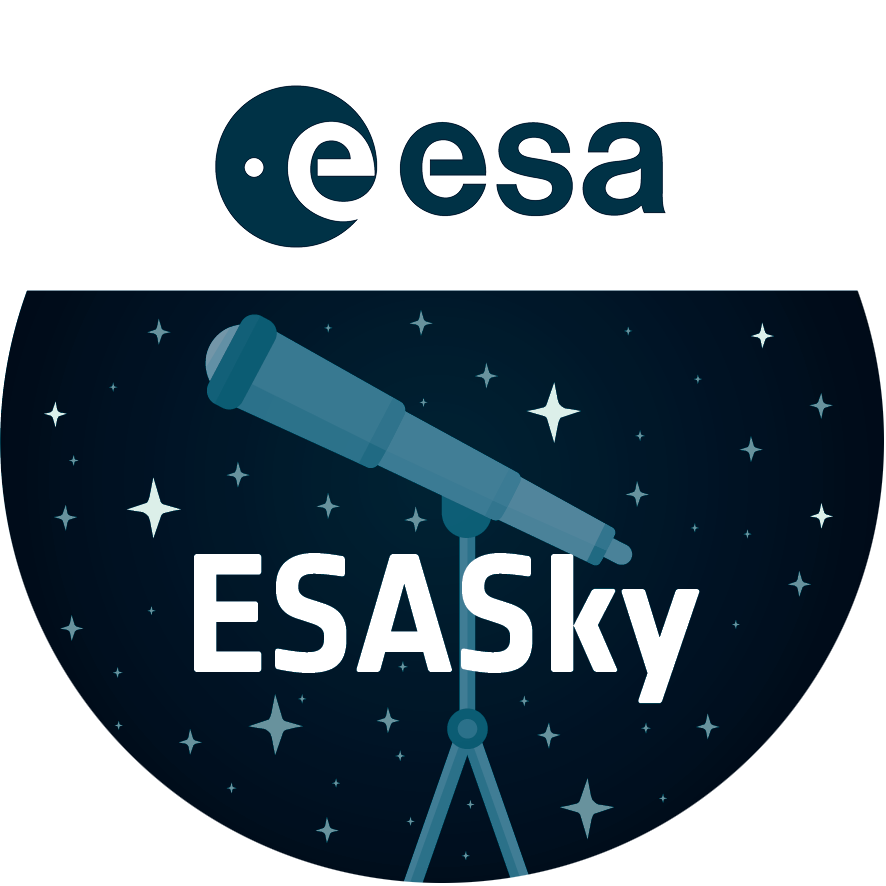The Hubble eXtreme Deep Field
This image, called the Hubble eXtreme Deep Field (XDF), combines Hubble observations taken over the past decade of a small patch of sky in the constellation of Fornax. With a total of over two million seconds of exposure time, it is the deepest image of the Universe ever made, combining data from previous images including the Hubble Ultra Deep Field (taken in 2002 and 2003) and Hubble Ultra Deep Field Infrared (2009).
The image covers an area less than a tenth of the width of the full Moon, making it just a 30 millionth of the whole sky. Yet even in this tiny fraction of the sky, the long exposure reveals about 5500 galaxies, some of them so distant that we see them when the Universe was less than 5% of its current age.
The Hubble eXtreme Deep Field image contains several of the most distant objects ever identified.
Credit:NASA, ESA, G. Illingworth, D. Magee, and P. Oesch (University of California, Santa Cruz), R. Bouwens (Leiden University), and the HUDF09 Team
About the Image
| Id: | heic1214a |
|---|---|
| Type: | Observation |
| Release date: | 25 September 2012, 19:00 |
| Related releases: | heic1909, heic1214 |
| Size: | 2382 x 2078 px |
About the Object
| Name: | Fornax Cluster |
|---|---|
| Type: | Early Universe : Galaxy |
| Constellation: | Fornax |
| Category: | Cosmology |
Coordinates
| Position (RA): | 3 32 38.84 |
|---|---|
| Position (Dec): | -27° 47' 30.11" |
| Field of view: | 2.38 x 2.08 arcminutes |
| Orientation: | North is 51.2° left of vertical |
Colours & filters
| Band | Wavelength | Telescope |
|---|---|---|
| Optical V | 606 nm |
Hubble Space Telescope
ACS |
| Optical B | 435 nm |
Hubble Space Telescope
ACS |
| Optical i | 775 nm |
Hubble Space Telescope
ACS |
| Optical I | 814 nm |
Hubble Space Telescope
ACS |
| Optical I | 850 nm |
Hubble Space Telescope
ACS |
| Infrared Z | 1.05 μm |
Hubble Space Telescope
WFC3 |
| Infrared H | 1.6 μm |
Hubble Space Telescope
WFC3 |
| Infrared J | 1.25 μm |
Hubble Space Telescope
WFC3 |


